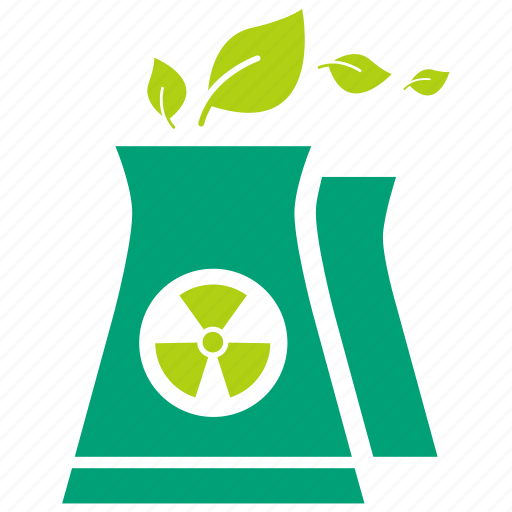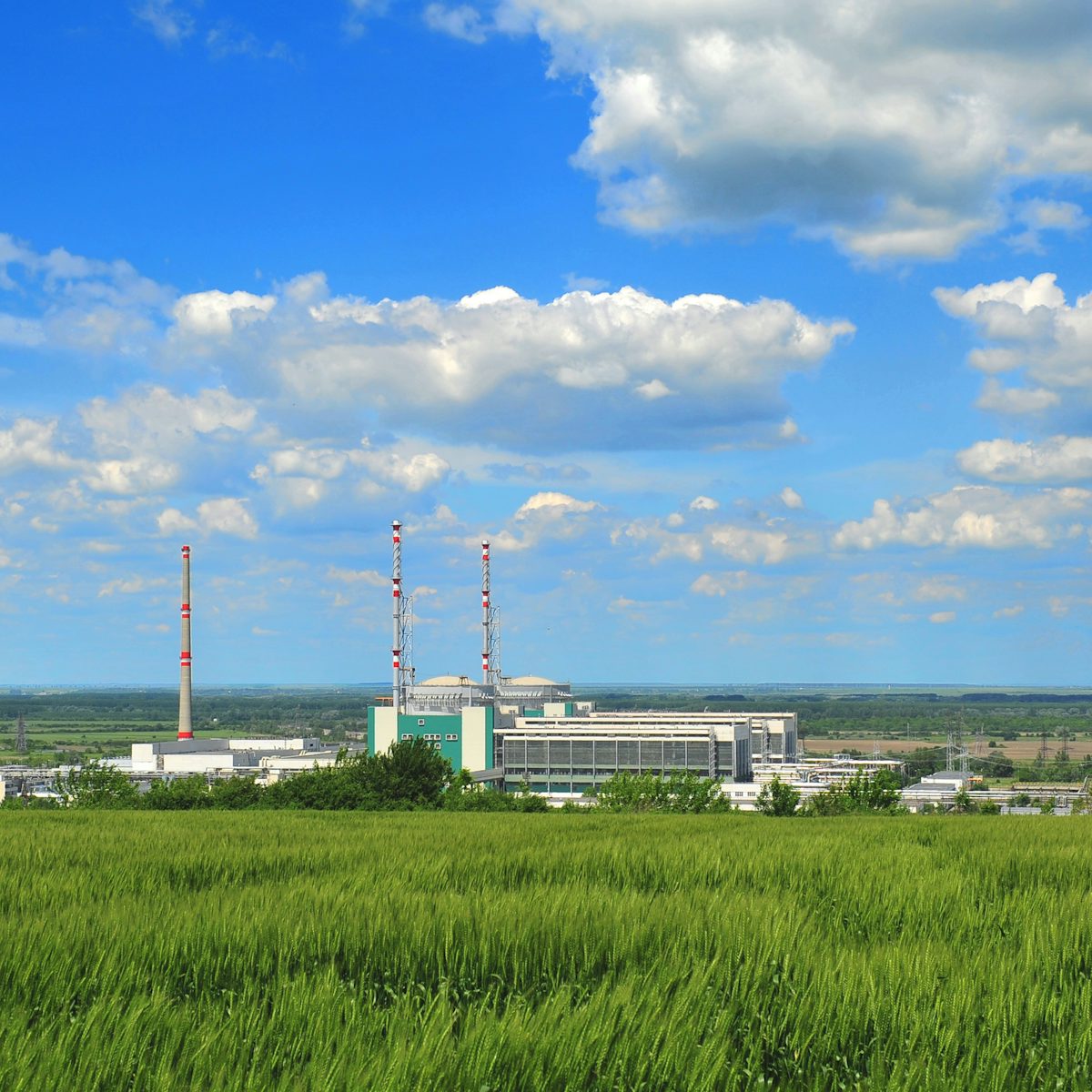- 1.43K Posts
- 170 Comments
Adding pictures seems to work wonky: I now have to add them several times as they appear to remove themselves when writing out the post.
What a crime against the climate and environment ☹️

 2·19 days ago
2·19 days agoOrban hasn’t been around for that long.

 3·19 days ago
3·19 days agoCorrect, Hungary’s political development is on a worrying trajectory.

 1·1 month ago
1·1 month agoDe meeste SMRs zijn gewoon bewezen tech (PWR ontwerpen, sommige BWR, die we al decennia bouwen). Maar inderdaad is dit duur. Ga maar eens opzoeken wat het gaat kosten met zon en wind…

 1·1 month ago
1·1 month agoHoe dat zo?
24 GWe of nuclear capacity? That’s very ambitious. It would offer Uganda a rise in available energy from 5 TWh to almost 200 (!) TWh. I wish them all the best.

 1·1 month ago
1·1 month agoSad news that is not directly relared (I hope) to this news, but… https://www.bbc.com/news/articles/cg6761ggxz1o
“A witness told the Dennik N website that she heard three or four shots and saw Mr Fico fall to the ground. She saw wounds to his head and chest.”
😕
Yeah, that seems a sloppy editorial mistake somewhere. Not sure if that’s WNN or they missed it when taking it over.
The original press release speaks of “$10,250,000 million” 🤦♂️ Not a great look.
https://nanonuclearenergy.com/nano-nuclear-energy-announces-pricing-of-initial-public-offering/

 3·2 months ago
3·2 months ago“Extensions can be granted once only and limited to a maximum of 20 years”
So, only a 60 year maximum run? That seems like a waste and unnecessary legal barrier. Just keep them running as long as they comply with safety requirements.

 1·2 months ago
1·2 months agoDuizenden hoogwaardige werkplekken en ervaren krachten als we Borssele-2 en 3 bouwen dus 😎

 21·2 months ago
21·2 months ago79 years! On towards the first centennial plant. True clean energy cathedrals 😎

 41·2 months ago
41·2 months ago“At this point, there are no indications of damage to critical nuclear safety or security systems at the site.”
Thanks for the update. The rest of the piece is diplomatic fluff.

 11·3 months ago
11·3 months agoThey’re run by different operators. In some cases they probably will be, I’m thinking public utilities. In other cases they add to the profit margin.
If you think the latter should change, organise so these utility companies serve the public again.

 31·3 months ago
31·3 months agoI have no idea what you’re talking about. Greed? They just buying a piece of land that’s going to be used.
Farewell my sweet prince 😢

This had to be done.
“Longview’s plan is for laser fusion power plants, with capacity of up to 1600 MW”
I wouldn’t have posted this article, but to chuckle at this bullshit. Let’s first get you out of the early prototype phase, son.
Note also how they conveniently forget to mention it took 300 MJ to power up those lasers so they could release 2 MJ, and only do this once. For this approach to work, you need to do this many times a second.





Great question. This might actually play a role here. Nuclear energy has the lowest land impact of any energy source. They better involve the local population in this though.